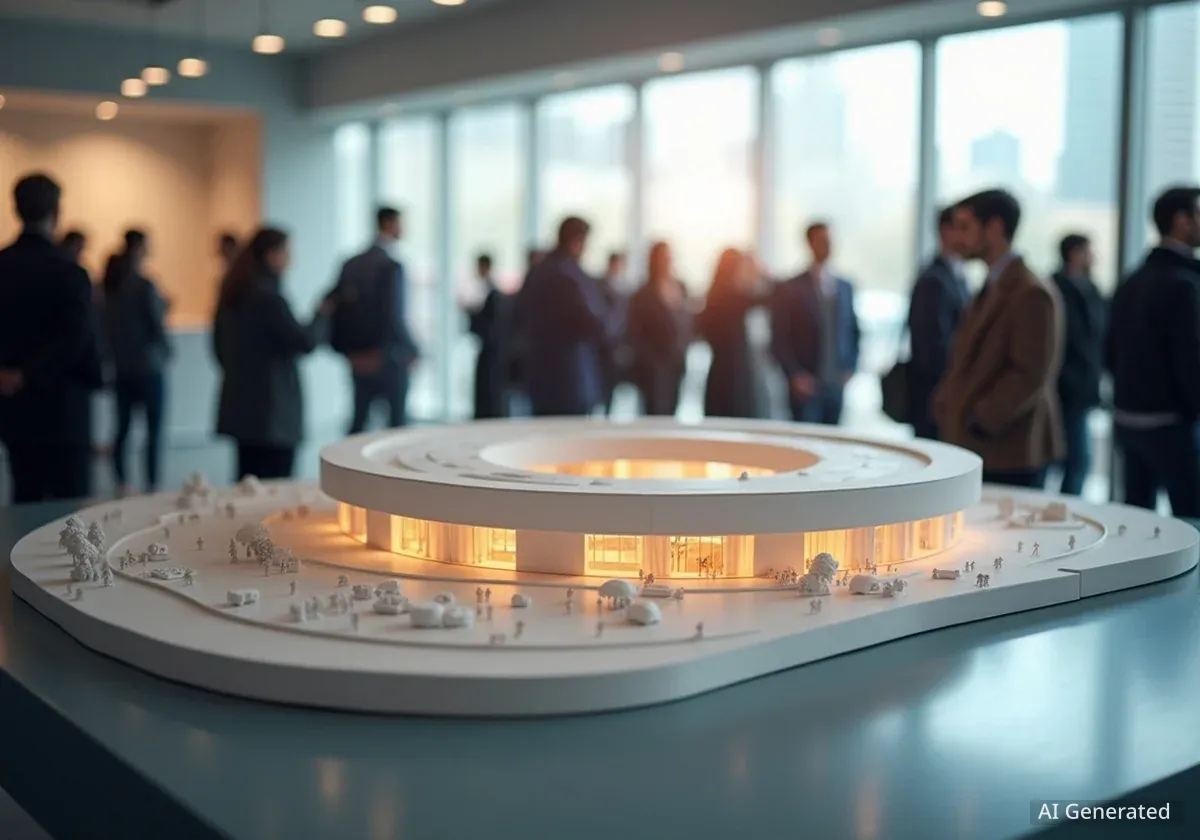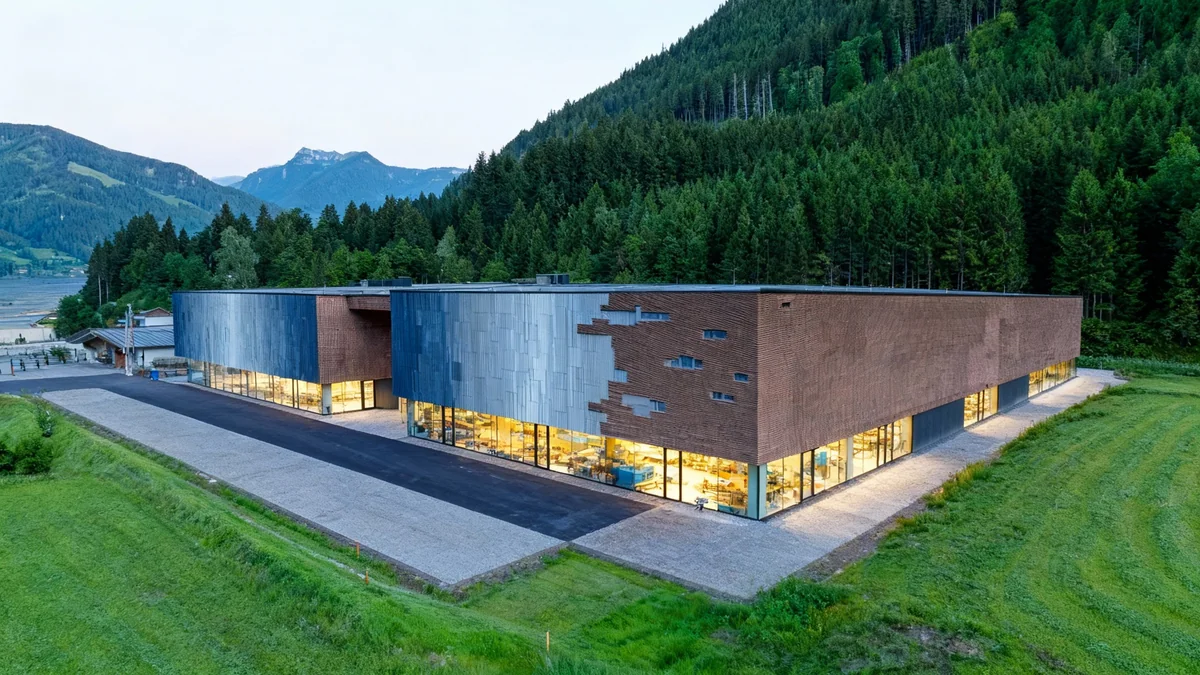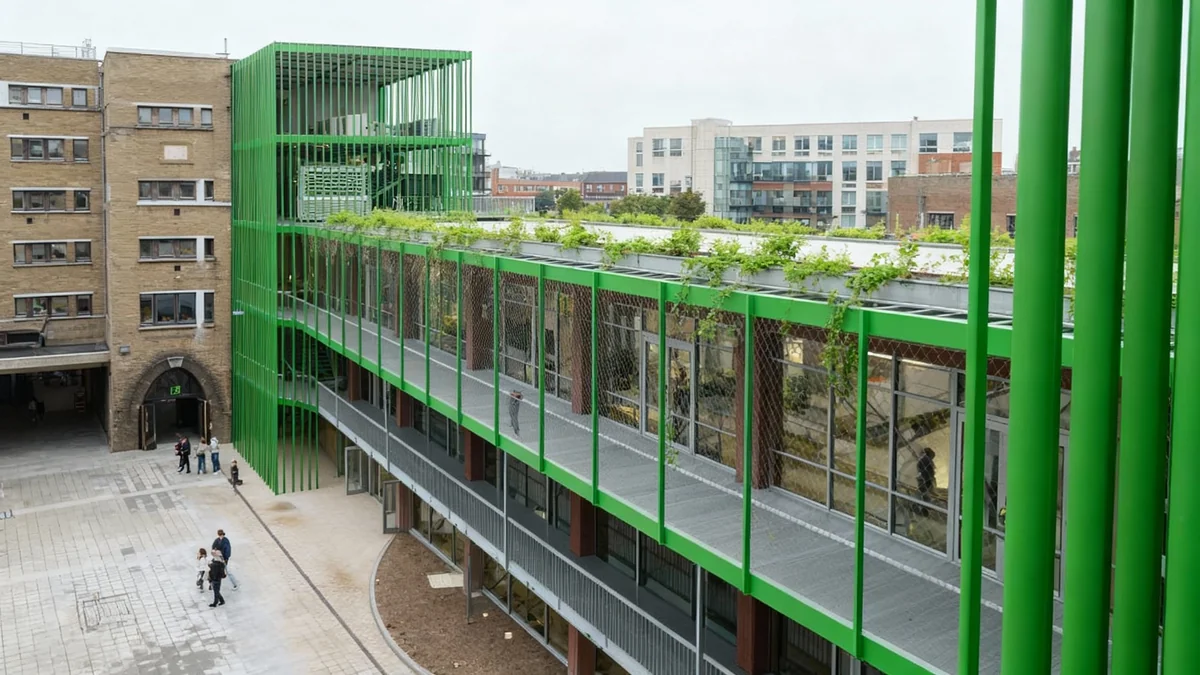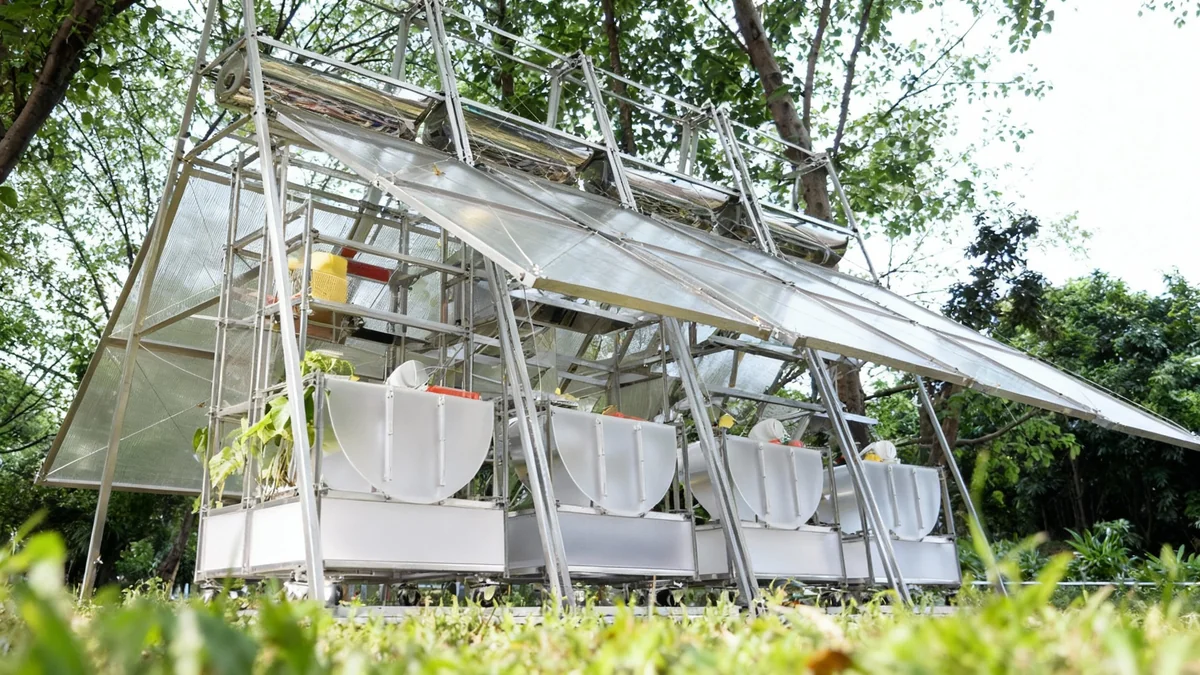An exhibition in Downtown Pittsburgh is offering a rare glimpse into a monumental alternate history for the city, showcasing Frank Lloyd Wright's ambitious, unbuilt architectural designs conceived between the 1930s and 1950s. These visions include a sprawling civic center at the Point and innovative residential and commercial structures that could have dramatically reshaped the urban landscape.
Key Takeaways
- Frank Lloyd Wright proposed a massive circular civic center for Pittsburgh's Point in 1947.
- Other unbuilt projects included a spiral parking garage and residential towers on Mount Washington.
- The designs are brought to life through detailed models, renderings, and immersive 3D videos.
- Cost, practicality, and the creation of Point State Park ultimately prevented these projects.
- The exhibition runs through May 10 at 820 Liberty Gallery, sparking new conversations about urban design.
A Vision for the Point That Never Was
At the heart of the exhibition is Wright’s grand proposal for the Point Park Civic Center, commissioned by Edgar J. Kaufmann in 1947. This audacious plan envisioned a 1,000-foot-diameter, 10-story circular structure made primarily of concrete and steel. It would have been surrounded by multiple layers of roads and green spaces.
The proposed complex was designed to be a self-contained urban hub. It included an opera house, a sports arena, three movie theaters, a convention hall, and even an aquarium. In a truly futuristic touch for its time, the design also incorporated blimp moorings.
Scott Perkins, the exhibit curator and senior director of preservation and collections at Wright’s Fallingwater, highlighted the architect's creative freedom. "He had free-rein to really design it the way he wanted to design it," Perkins stated. This project came about a year after the Pittsburgh Renaissance began, allowing Wright to integrate cultural elements while addressing concerns about parking, roadways, and green space.
Project Scale
- Civic Center Diameter: 1,000 feet
- Stories: 10
- Estimated Cost (today's dollars): $5.23 billion
Beyond the Point: Other Ambitious Designs
The exhibition, titled "Frank Lloyd Wright's Southwestern Pennsylvania: The Pittsburgh Projects," delves into more than just the Civic Center. It also features a design for a 140,000-square-foot spiral parking garage from 1949. This unique structure, estimated at $2 million at the time, would have connected directly to Kaufmann’s department store via a skywalk.
Another significant, unbuilt project highlighted is the Point View Residences of Mount Washington. Designed for the Edgar J. Kaufmann Charitable Trust in 1952, these were two schemes for a 14-story residential complex. Today, the Trimont building stands in a similar location, serving as a subtle acknowledgment of Wright’s earlier proposal.
The sheer scale and innovative nature of these designs demonstrate Wright's willingness to push architectural boundaries. "Wright’s creativity was sort of unleashed with this," Perkins explained. "He got the opportunity here, I think, to show off a little bit, so he took advantage of it. And I think you’ll see, when you see the exhibition, just how sort of futuristic it was."
Stepping Into an Alternate Pittsburgh
Visitors to the exhibition can experience these unrealized visions through immersive 3D videos created by Skyline Ink. The firm meticulously modeled the Golden Triangle area, drawing from old photographs, maps, and aerial views, combined with Wright's original plans.
These animations allow viewers to virtually navigate the city as if Wright's projects had been built. "The longer animation that we have in the exhibition, which is that sort of room-size film, you see all three projects in context of the city set in 1950," Perkins described. "You're standing at the apartment tower on top of the mount, on the terrace looking down at the Civic Center. You can see, in the background, the parking structure."
The journey continues to ground level, showing cars driving through the streets, past the Downtown buildings, and into the parking structure. The video then takes viewers inside the Civic Center, offering an automobile's perspective, before rising above the city for an aerial view at dusk.
Wright's Legacy
Frank Lloyd Wright is one of America's most celebrated architects. Of his 1,100 known designs, approximately 550 were built, with over 400 still standing today. His most famous completed work in Southwestern Pennsylvania is Fallingwater, the iconic residence finished for the Kaufmann family in 1937.
Why These Grand Plans Remained Unbuilt
Despite their visionary scope, neither of Wright's two versions of the Point Park Civic Center design ever moved forward. Several factors contributed to their cancellation, including the immense estimated cost, which today would be around $5.23 billion. The project was also seen as impractical in various aspects.
A major conflicting plan was the creation of Point State Park, which ultimately transformed the area into a public green space rather than a massive civic complex. Perkins noted some of the practical challenges Wright's designs posed. "The concern to me . . . is the fact that they would have had to figure out how to build it," he said.
He cited the example of the aquarium within the Civic Center proposal, which was designed as a series of gigantic, multi-story glass bubbles. "He's taking this kind of playfulness to the extreme, but then not really thinking about the practicalities of building it," Perkins observed.
Inspiring Future Urban Design
The exhibition is not just a look back at what might have been; it also serves as a catalyst for contemporary discussions about urban planning. Anastasia James, director of galleries and public art at the Pittsburgh Cultural Trust, sees a strong connection to current initiatives.
"[The designs] really are especially resonant today as Pittsburgh is, once again, thinking about urban design, especially with Pittsburgh Cultural Trust about to open Arts Landing in 2026," James commented. "And I think seeing Frank Lloyd Wright's design in this exhibition setting, projects that weren’t realized that were created in the context of Downtown Pittsburgh, can really cause people to dream about what our city could be, even though it’s historic."
Visitors have expressed fascination and mixed feelings about the unbuilt projects. Matt Hoffman, 56, from the North Side, reflected on the potential impact. "I just think about how different Pittsburgh would be," he said. "It’s kind of iconic obviously, too, but it’s at such a scale it kind of changes the face of the city."
Chris King, 60, of Garfield, found the designs interesting but understood why they were not realized. "It’s sort of interesting, but it’s sort of understandable why it wasn’t realized. It’s kind of impractical. But it’s very interesting to see what it could have looked like."
Charles Dipasquale, 70, a Downtown resident familiar with Wright's completed works, was impressed. "Having not lived here all my life, it is an interesting exercise to look back and see what Pittsburgh might have been. I am yet pleased with the progress the city is making," he stated. "It appears the work he did for the city really mirrored the same style and breakthroughs and innovations in architecture that you an observe at any of his properties across the country."
The exhibition runs through May 10 at 820 Liberty Avenue, Downtown, with gallery hours from 11 a.m. to 5 p.m., Wednesday through Sunday.




